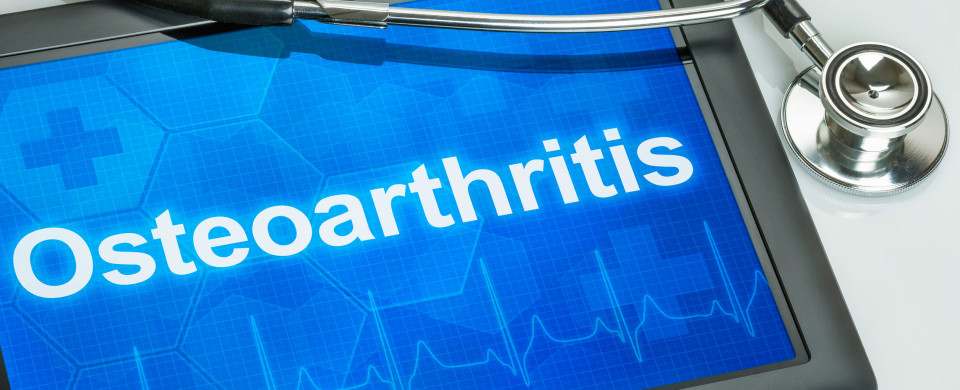We examine all our prospective patients before deciding if they are good candidates for our stem cell procedures. Contrary to many other clinics, including many that offer minimally invasive surgeries, we do not believe in the “Send us your MRI and we’ll tell you if you are a candidate to our procedure” approach. MRI scan findings have poor correlation with symptoms. This is true both for the spine as well as for joints. Having said that, X-rays of joints, combined with symptoms, and physical examination can be used to classify osteoarthritis into mild, moderate, or severe.
We frequently turn away patients that ask us if they should have stem cell procedures done in joints with mild osteoarthritis. We usually tell them that there are many other treatment options that can help and that should be tried first, before considering stem cell therapies.
If you suffer from mild osteoarthritis, these are some of the treatment options that you should consider:
- Medications:
Among oral medications prescribed for osteoarthritis the most common ones are acetaminophen (Tylenol), and non-steroidal anti-inflammatory medicines (NSAID’s). Acetaminophen is generally safe, but not very effective in treating pain from osteoarthritis. NSAID’s are perfectly fine for occasional use to treat pain flare ups, but used daily, these medicines can have serious side effects that may include gastro intestinal bleeding, kidney damage, and increased risks of cardiac events. Topical creams containing NSAID’s may be a better option for patients that are at high risk of developing such side effects. Topical creams containing Capsaicin, derived from chili peppers, may also be a good alternative to relieve pain.
Oral corticosteroids, frequently prescribed for inflammatory arthritis and auto-immune disorders, are not a good option for patients with osteoarthritis, due to serious side effects, and should be avoided except for short treatment duration (one week or less).
Opioids, or narcotic pain medications, shall also be avoided in the treatment of osteoarthritis, and certainly not indicated for mild forms of this disease.
2. Physical Therapy:
Physical therapy can help a patient with mild osteoarthritis maintain mobility, increase flexibility and range of motion, and increase muscle strength around the affected joint and in the body core. A physical therapist can help the patient develop an exercise program that may help maintain those gains without placing too much stress on the affected joint(s). Physical therapy should be tried before considering any surgical alternative to treatment.
3. Physical Activity:
Staying active is essential to maintaining good joint health. Regular activity supplemented by a well-designed exercise program can be the most effective treatment for reducing pain and improving movement. There are 3 kinds of exercise that are important for patients with osteoarthritis: stretching (range of motion) exercises, aerobic exercises, and strengthening exercises. Each one plays a role in maintaining and improving mobility and function. Exercise programs are helpful, but just maintaining daily regular activity (walking, yard work, etc) is probably the most important element needed to maintain good joint health.
4. Weight loss:
Carrying extra weight puts more mechanical stress on the joints of the spine and the lower limbs. In addition to that, and as recently discussed on this blog, Fat tissue is not chemically inert. It is an active tissue that secretes chemicals that promote inflammation, affecting the entire body. Therefore, eliminating that extra weight around our waists can have a double impact (mechanical and chemical) in our joints.
5. Stress Reduction:
Finding strategies to reduce stress is an effective way of treating any chronic pain, including the pain from osteoarthritis. An exercise program and/or finding a hobby are excellent ways to reduce stress. Learning how to meditate for 15-20 minutes every day has been shown to have several beneficial health benefits, including better control of chronic pain.
There are several other ways to treat your joints when you have mild osteoarthritis. We will discuss them in our next blog.
To learn more about non-surgical alternatives to joint surgeries go to: www.dontoperate.com
Comments are closed.

